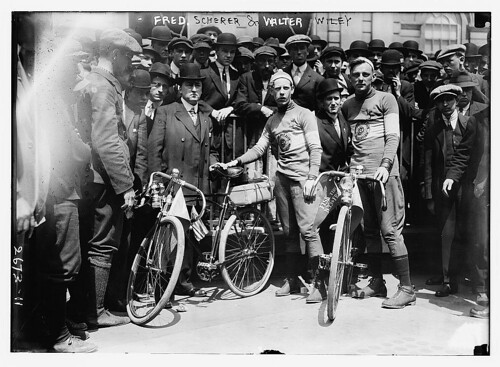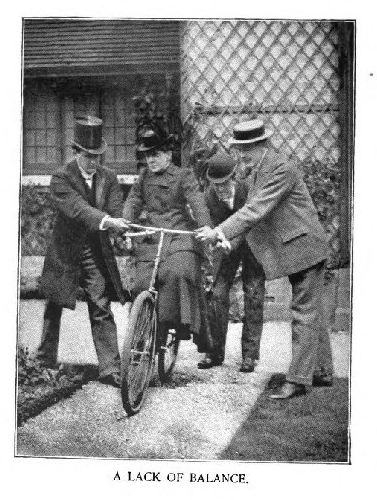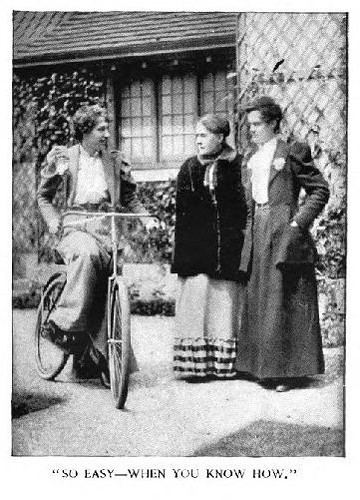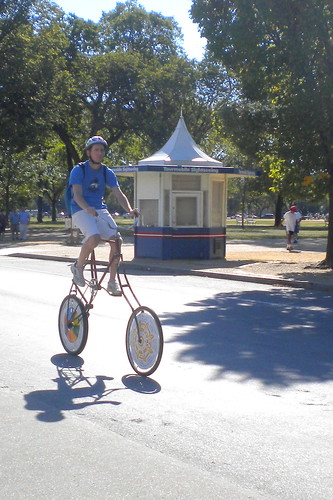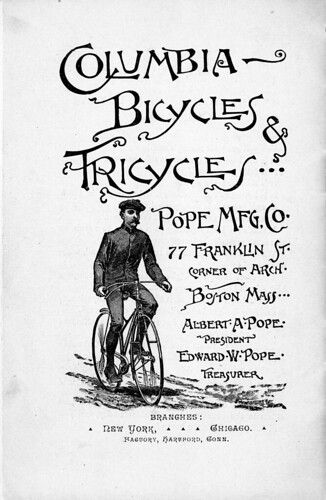
I find this hard to understand - in a parking garage protected by the US Capitol Police, the owner of this thing feels it is worth locking up his scooter at a bike rack??
When the first diamond frame bicycles became popular in the 1890s they were often called "wheels" - the national cycling association was called the "League of American Wheelmen." We have moved from "wheels" to "bikes," but the bicycles have remained remarkably the same over more than 100 years - elegant in their efficiency and simplicity. And many of the issues that we think are new? They were around then too.
Michelin has developed separate front and rear tires to take into account their specific requirements: The front tire carries 30% of the weight load and absorbs 100% of the braking effect. For this reason, Michelin engineers made it a priority to develop a tire with added grip, capable of providing maximum safety to users on cold, wet surfaces. The rear tire carries 70% of the weight load and absorbs 100% of the torque generated by the bike's forward motion, which affects its efficiency and wearlife. In order to achieve consistent performance, the rear tire now has a longer life, meaning that MICHELIN Pro Optimum Front and Rear tires now have comparable lifespans.(Michelin Pro Optimum Front & Rear)
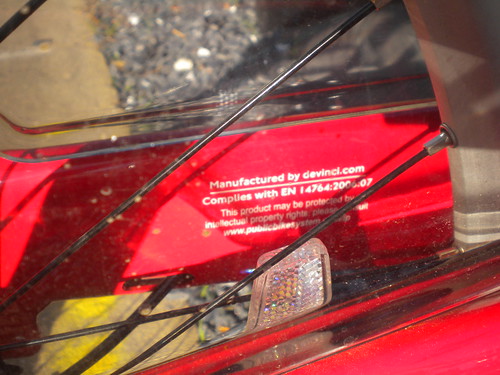
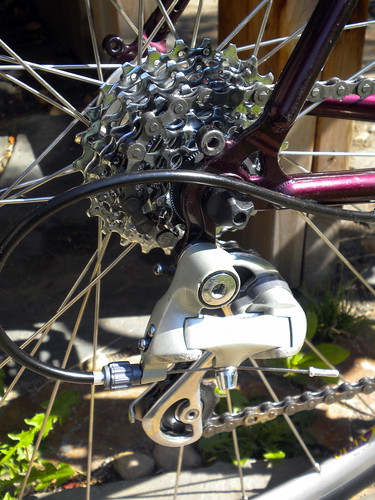


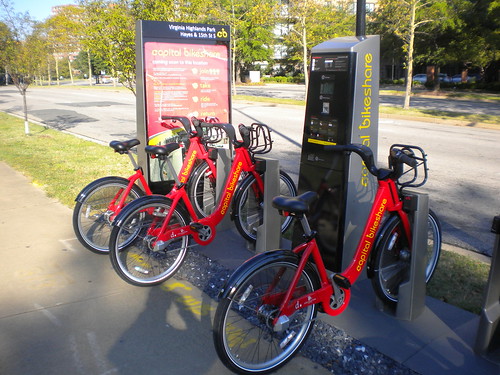
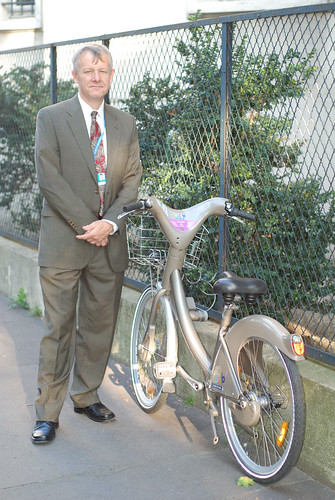
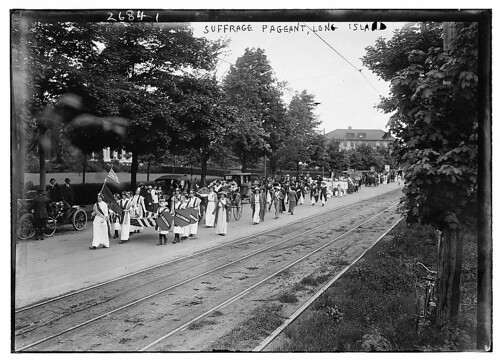
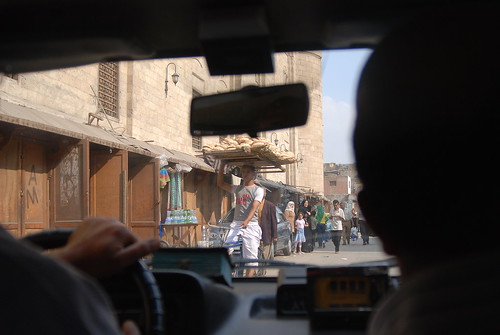
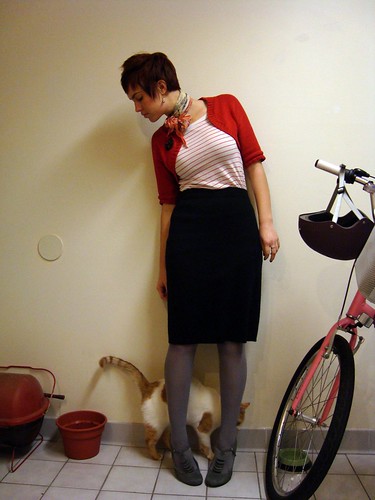
But when there are a lot of bicyclists on the road, according to this theory, drivers take notice. They become more attentive, slow down, pass more cautiously, double-check their blind spots, expect the unexpected. They sense that the road has become a more complicated place, and adjust their behavior accordingly. As a result, the road becomes safer, presumably for everyone.
Cyclists used to get around the worst stretches of country road by getting on a train, and trains seem to have been plentiful in the late 19th century. But some of the railroads levied a heavy surcharge for taking bicycles on board, and cyclists resented it bitterly. A Louisville group headed for the Kentucky Division’s annual meet in Cynthiana in 1897 encountered heavy rain at Versailles, and proposed taking the train on to Lexington where they’d stop for the night. The fare on the Southern Railroad was 36 cents. But it was another 25 cents for each bike. And as they stood there considering, a salesman took two 75-pound trunks on free. They rode on through the rain and mud rather than knuckle under to slimeball railroads. The next year’s session of the legislature passed a “baggage bill,” making bikes free baggage. Gov. William O. Bradley, Kentucky’s first Republican governor, vetoed it.
The French Touring club has 50,000 members.
A low gear is a slow gear. A high gear is a fly gear.
Harry Tyler denies that he is about to resume racing.
Jay Eaton will follow the southern bicycle circuit from Nashville.
There is a rumor that J. V. Parsons has married an actress in Melbourne.
When buying a bicycle it is a good thing not to forget to take a receipted bill.
A bill for the taxation of bicycles has been defeated in the Vermont legislature.
The Louisville Track association is planning a match race between Bald and Kimble.
The bicycle has developed another deadly characteristic. An Ohio man has killed his wife by sand-bagging her with a bicycle tire.
During the week ending April 1, 1,359 new members joined the League of American Wheelmen, making a total membership of 60,029.
A visit to a second-hand bicycle shop is the best thing in the world for a man who wants to study the advances made in blcycle construction.
Tom Winder, the around-the-coast cyclist, is to repeat his trip this year. This time he will do it in search of new material for his course of lectures.
A bill has been introduced in the New York legislature for the prohibiting of the propulsion of baby carriages on the cycle paths of that state outside of the cities.
Jacquelin, the speedy Frenchman, has asked for a two weeks' furlough from army service, so he may compete in the Grand Prix, tho greatest race of the year in France.
The duty imposed by the German government on American made bicycles is only $1, and in consequence large numbers are sold there. Evidently the German finds no trichinae on the American bicycle.
John V. Clendenning, of Louisville, the new treasurer of the League of American Wheelmen, has been given a surprise. The executive committee has named a New York bank as the repository of league funds.
Five months ago A. P. Black, of Brooklyn, was run over by a truck while riding his wheel and injured, so badly that he has been confined in a hospital over since. Through the League of American Wheelmen he has brought suit for $10,000 against the owner of the truck.
This is the way the states stand on the bicycle baggage bill question. For Arizona, California, Colorado, New Jersey, New York, Ohio, Rhode Island, South Carolina 8. Against Kansas 1. Doubtful-Illinois, Wisconsin, Michigan-3. Non-commtttal all the others.
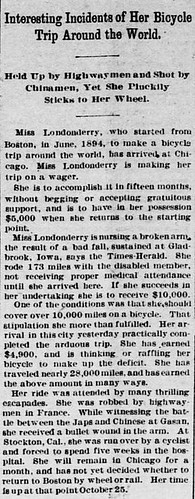
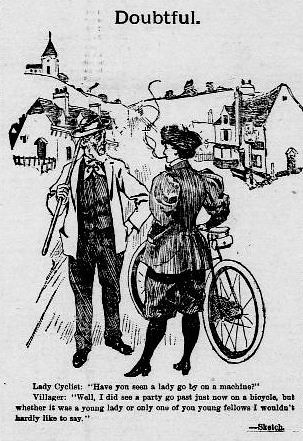
The president of the Wisconsin Cycling Association has died from injuries suffered when he was struck by a car while bicycling Friday in Waukesha County. Jeff Littman was also a well-known bike racer and co-owner of a bike store. Authorities said the driver of the car, who wasn't injured in the crash, said the sun blinded him and caused him not to see Littman and another bicyclist.
"In my daily wait in Central Park," said Dr. Sayre, "I have been very much struck by the number of young men who ride bicycles in harmful positions. They lean over till their noses almost touch the front wheel, their arms fixed to the handles with the rigity of death, their chests caved in and their backs bent into a semicircle. The girls ride in better positions than the men as a rule, because their feminine self-respect prevents them from making themselves ridiculous."
"I have spoken to several of the young men in the park about it, saying to them: 'Now, my boy, why don't you sit up like that pretty girl." This usually has the effect of making them getting into better positions and also of making them feel uncomfortable."
"They tell me that they stoop because the resistance of the wind is decreased in this position, and they get more purchase on the wheel. But the exercise, if it really necessitates such a position, is worse than useless. The bicyclists should take time, and not be in such a feverish hurry."

You wouldn't think you'd have to explain that a human-powered, 20-pound, two-wheeled machine is vastly less expensive from every angle than a gas-powered, 4-wheeled car weighing several tons, but again, these are people who--in their rush to banish cyclists from the road, and despite the bumper stickers which spell this out--fail to consider that each bicycle is one less car to clog traffic.
Many people don't know that it is legal to ride your bicycle on a sidewalk in Seattle--at a safe speed, and yielding to pedestrians, not yelling to them--or that cyclists can ride two abreast in the street. Seattle requires you to have a helmet, brakes, and, at night, a white light on the front of your bike with a red reflector on back. Cyclists can use crosswalks, but not heedlessly endanger pedestrians or impede traffic. Cyclists are required to use hand signals. A person in a car can't open their door to traffic (bike or otherwise) in a way that impedes traffic.


Its small chapters outline issues such as the challenges of retrofitting streets with bike lanes, building off-street paths, adopting and enforcing bicycle parking codes and encouraging people to incorporate bicycling into their daily lives. In addition, it describes overcoming obstacles, business opposition and negative media coverage.
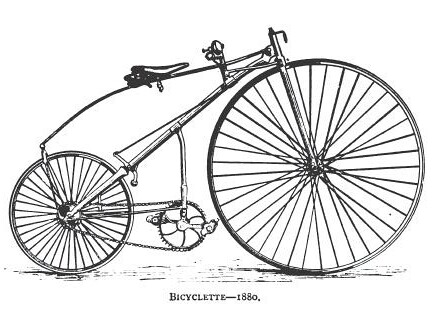

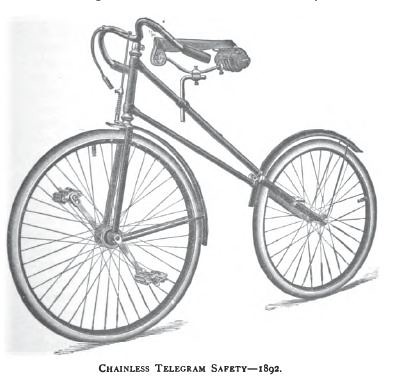

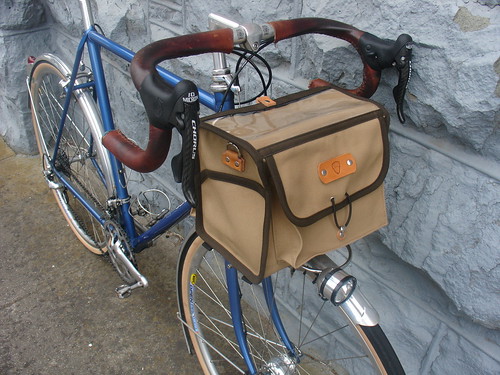


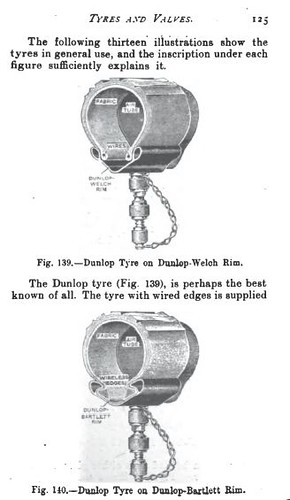

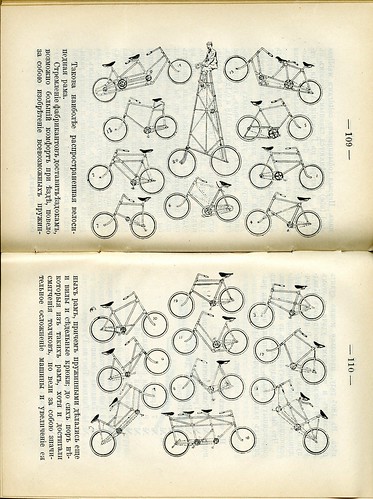
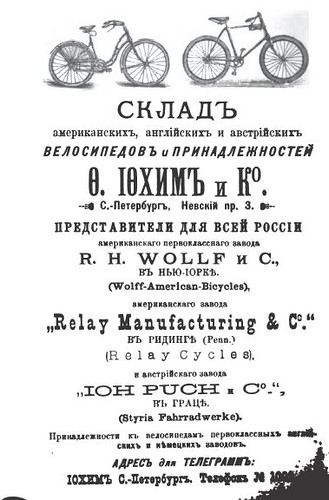

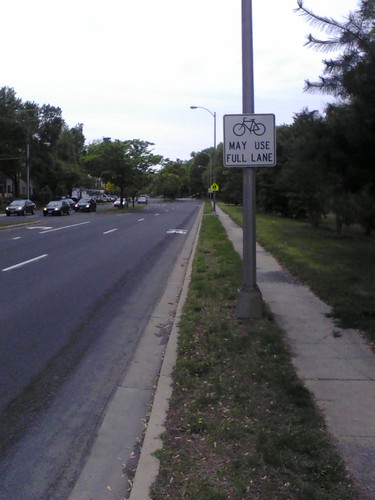

![Peter Drobach [on bike] 12/5/12 (LOC)](http://farm4.static.flickr.com/3076/2458987269_363b710280.jpg)
